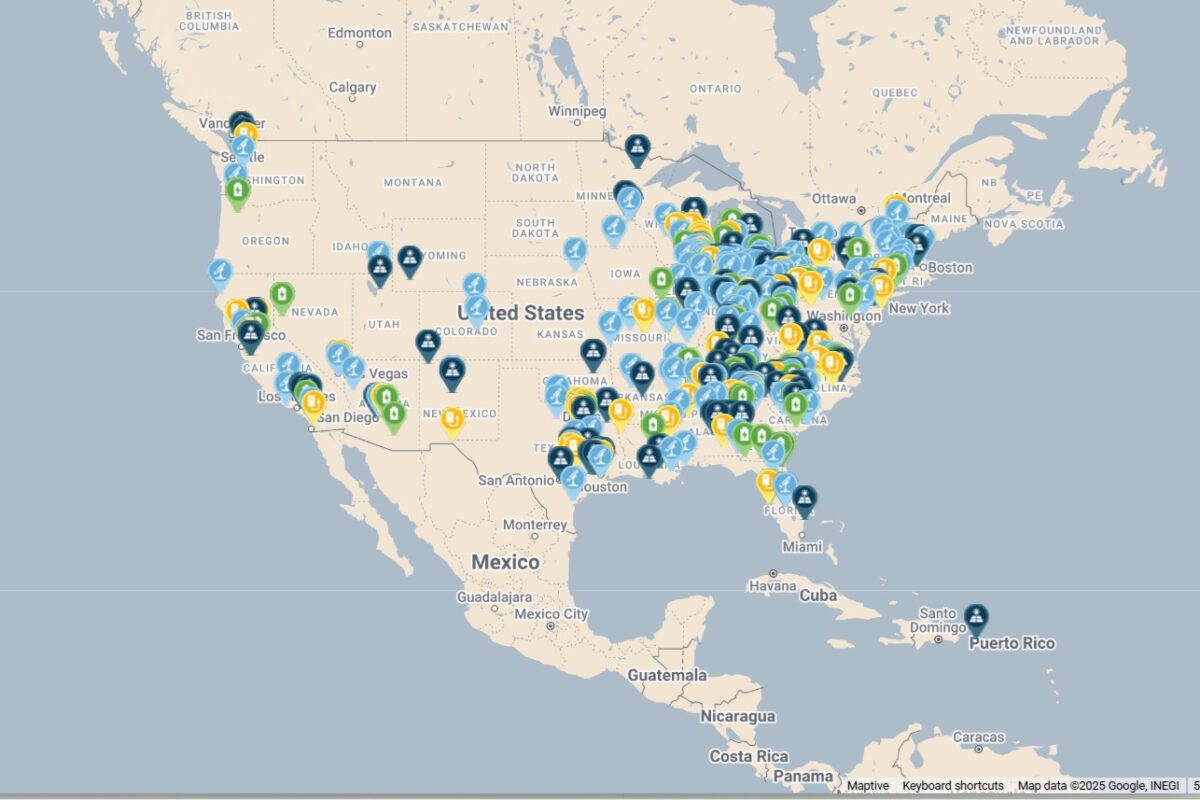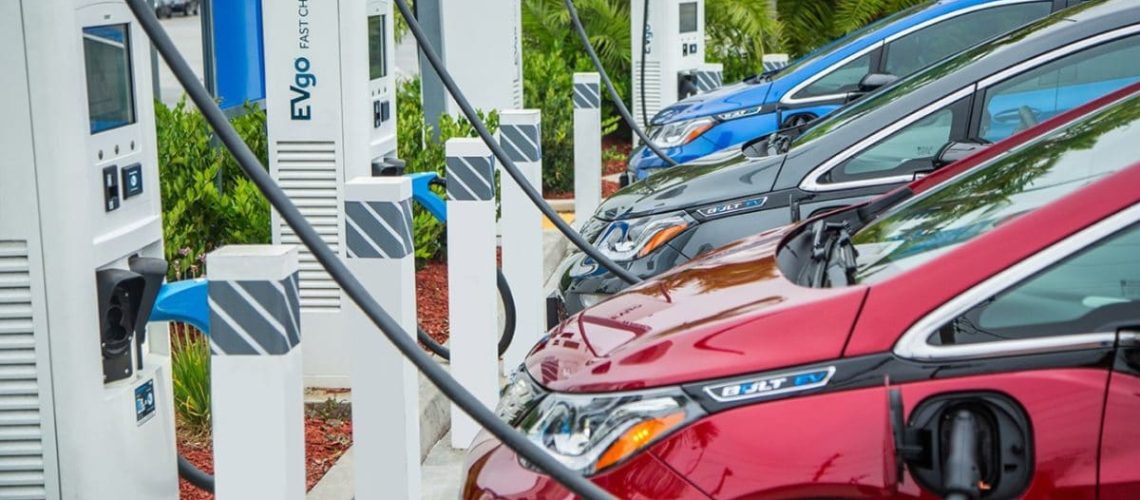The CEC estimates that approximately 24,000 new chargers were installed in the first half of 2024, and the Fast Charge California Project aims to incentivize even more.
In July 2025 electric vehicle (EV) charging service providers can begin applying for funding from the Fast Charge California Project, which aims to fund up to $55 million for EV DC fast-charging stations at businesses and publicly accessible locations.
The Fast Charge California Project is part of the California Electric Vehicle Infrastructure Project (CALeVIP). This project launched in 2017 when the CEC awarded the nonprofit Center for Sustainable Energy (CSE) a grant to design and implement a statewide EV charging rebate program. To date CALeVIP has incentivized nearly 10,000 EV chargers to support the nearly 1.5 million light-duty electric vehicles on California roadways, according to the Center for Sustainable Energy (CSE), the program implementor.
Applications for the Fast Charge California Project will be open to EV charging service providers and others representing locations such as convenience stores, gas stations, retail centers, parking lots, hotels and additional sites. Incentives may provide up to 100% of a project’s total approved costs, capped at $100,000 per charging port.
The CEC defines DC Fast chargers as those that use direct current (DC) electricity at 480 volts to recharge an all-battery electric vehicle to 80% capacity in about 30 minutes, although the time required depends on the size of the vehicle battery and the power level of the charger.
Proposed charging sites can be at publicly accessible locations anywhere in the state, with priority given to chargers in tribal, disadvantaged and low-income communities.
Charging projects must be ready-to-build Tier-1 projects only with the utility design and required permits before applying for funds. More details are available on the CALeVIP Upcoming Rebates Page.
“CALeVIP has been an important program in deploying electric vehicle charging infrastructure equitably across the state,” said Hannon Rasool, director of the CEC Fuels and Transportation Division. “Installing more fast chargers is vital to California’s ZEV transition and we’re excited that the Fast Charge California Project will prioritize not only fast chargers but ready-to-build projects in communities that need them the most.”
The U.S. EV market has taken off in recent years, but California’s market got an especially strong boost in 2020 when the Governor signed an executive order requiring all new passenger cars and commercial light trucks sold in California to be zero-emission vehicles by 2035. In August 2022, the California Air Resources Board (CARB) approved the governor’s mandate, setting the state on a bold mission to supply clean energy into the grid to power its 40 million residents’ homes, businesses as well as vehicular fleet.
A network of public-access EV chargers is necessary to increase EV adoption. The CEC estimates that approximately 24,000 new chargers were installed in the first half of 2024, and the Fast Charge California Project aims to incentivize even more.
This announcement from California follows the new administration’s recent order to block funds to states for the national electric vehicle (EV) charging network.
“State-funded incentives are essential for the rapid and equitable expansion of California’s fast charging network. Knowing they can charge when they need to gives people the confidence to switch to an electric vehicle,” said Evan Wright, CSE’s director of EV infrastructure and operations. “We’re making this announcement now to give potential applicants time to start planning so they can put forward the best, ready-to-build projects.”
CALeVIP funding comes from the CEC’s Clean Transportation Program and the state’s Greenhouse Gas Reduction Fund.
Popular content




